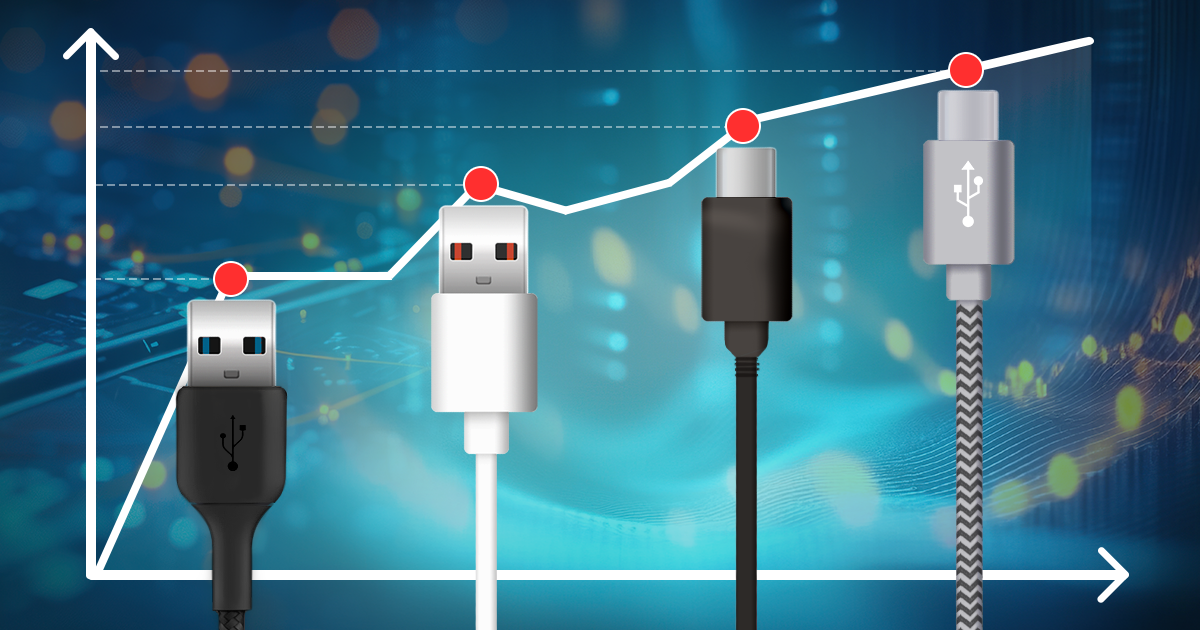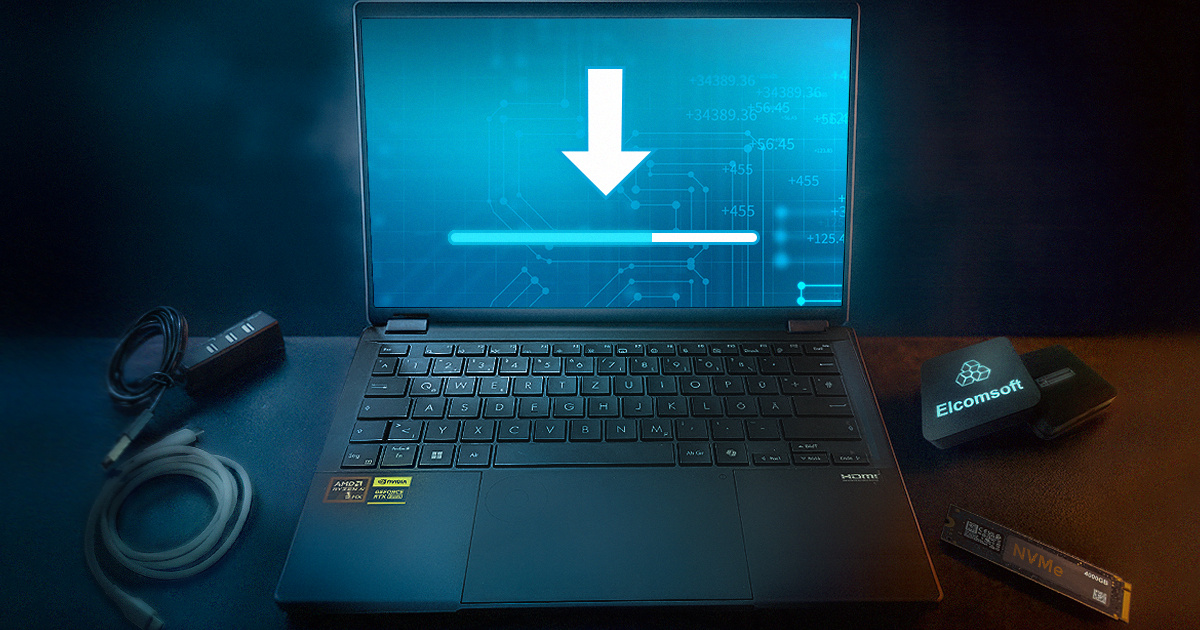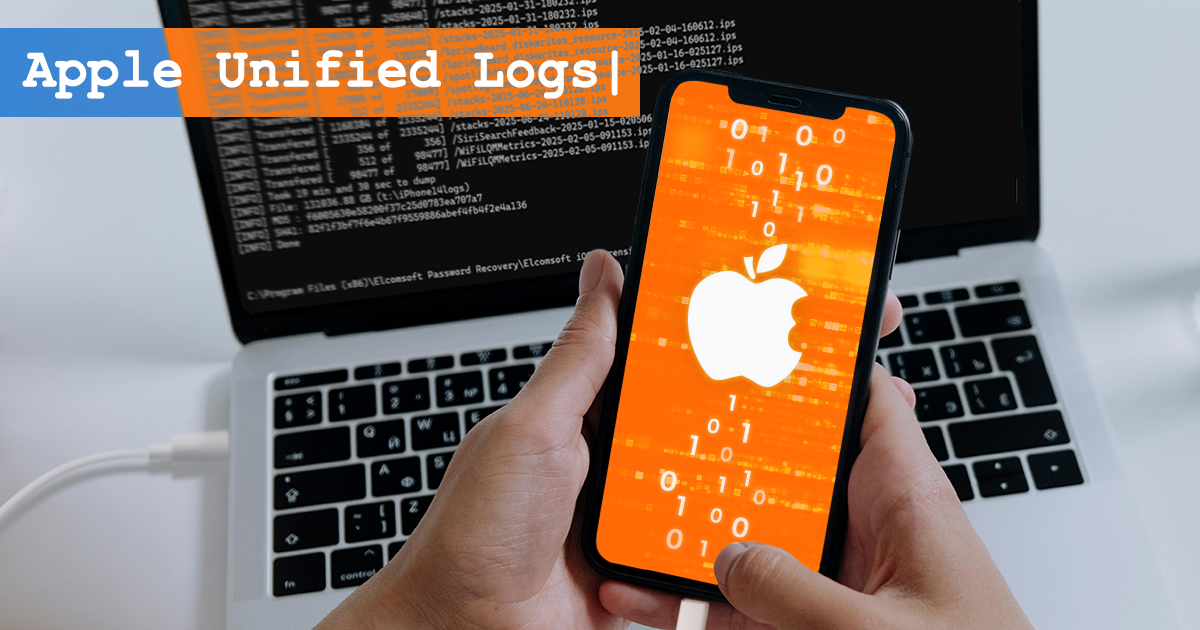In the digital age, where information is a precious commodity and evidence is increasingly stored in virtual realms, the importance of preserving digital evidence has become a must in modern investigative practices. However, the criticality of proper handling is often overlooked, potentially jeopardizing access to crucial data during an investigation. In this article, we will once again highlight the importance of meticulous preservation techniques and live session analysis to prevent the loss of digital evidence.
In the realm of password recovery, benchmarking the speed of attacks holds significant importance. It is a customary practice to gauge the speed of attacks on various data formats using diverse hardware configurations. These tests yield results that are visually represented through graphs clearly demonstrating the performance of our products. However, these graphical representations merely scratch the surface of a much broader scope. Today, we delve deeper into the objectives and methodologies behind our password cracking speed tests.
Synology DSM 7.2 introduced a highly anticipated feature: volume-level encryption. This data protection mechanism works faster and has less limitations than shared folder encryption, which was the only encryption option supported in prior DSM releases. However, upon investigation, we determined that the implementation of the encryption key management mechanism for full-volume encryption fails to meet the expected standards of security for encrypted data for many users.
Intel has unveiled its latest lineup of dedicated graphics cards, driven by the powerful Intel Xe architecture. The Intel Arc series showcases impressive performance, rivaling mid-range offerings from competing brands, while maintaining an exceptional price-performance ratio that outperforms NVIDIA’s counterparts. In this article, we explore the potential of Intel Arc GPUs for forensic password recovery and delve into their performance capabilities, comparing them with both Intel’s built-in graphics and mid-range NVIDIA RTX boards.
Every three years, NVIDIA releases a new architecture used in their GeForce series graphics cards. Powered by Ada Lovelace, the new generation of GPUs delivers 80% better performance in password recovery compared to Ampere. While the new generation of NVIDIA graphics is faster and more efficient than Ampere, it also received a price hike. Is the update worth it for the forensic experts? Let’s try to find out.
As a provider of mobile forensic tools, we at Elcomsoft strongly believe in giving back to the community. Our iOS Forensic Toolkit (EIFT) is a highly complex and powerful mobile acquisition tool, consisting of almost eighty sub-projects, many of which are open source. While we have benefited from the contributions of the community, we also believe that it’s time to contribute back to the open source community by publishing our changes to those projects as required by their permissive license.
Last month, we introduced a new low-level mechanism, which enabled access to parts of the file system from many Apple devices. The partial extraction process relies on a weak exploit that did not allow full sandbox escape. Today, the limitations are gone, and we are proud to offer the full file system extraction and keychain decryption for the entire iOS 15 range up to and including iOS/iPadOS 15.7.2.
In recent years, Apple had switched from 4-digit PINs to 6 digits, while implementing blacklists of insecure PIN codes. How do these measures affect security, how much more security do six-digit PINs deliver compared to four-digit PINs, and do blacklists actually work? Let’s try to find out.
The recent update to iOS Forensic Toolkit brought two automations based on the Raspberry Pi Pico board. One of the new automations makes it possible to make long, scrollable screen shots in a semi-automatic fashion. In this article we will show how to build, program, and use a Raspberry Pi Pico board to automate scrolling screenshots.
In the previous articles we explained how to connect the first-generation HomePod to a computer, apply the exploit, extract a copy of the file system and decrypt the keychain. Since the HomePod cannot be protected with a passcode and does not allow installing apps, we were wondering what kinds of data the speaker may have and what kinds of passwords its keychain may store.


